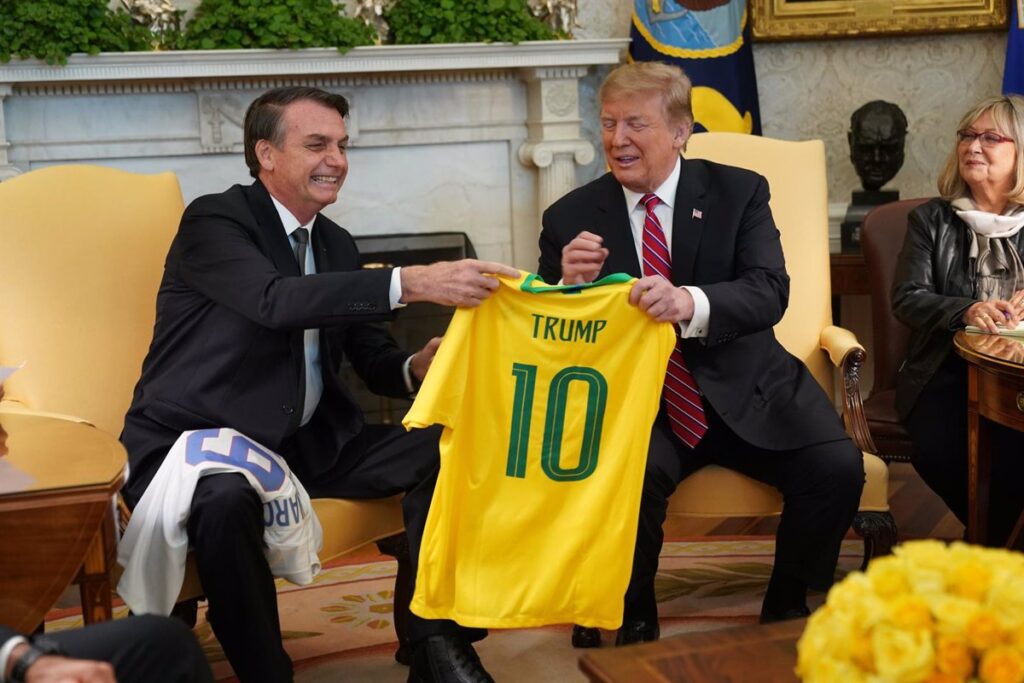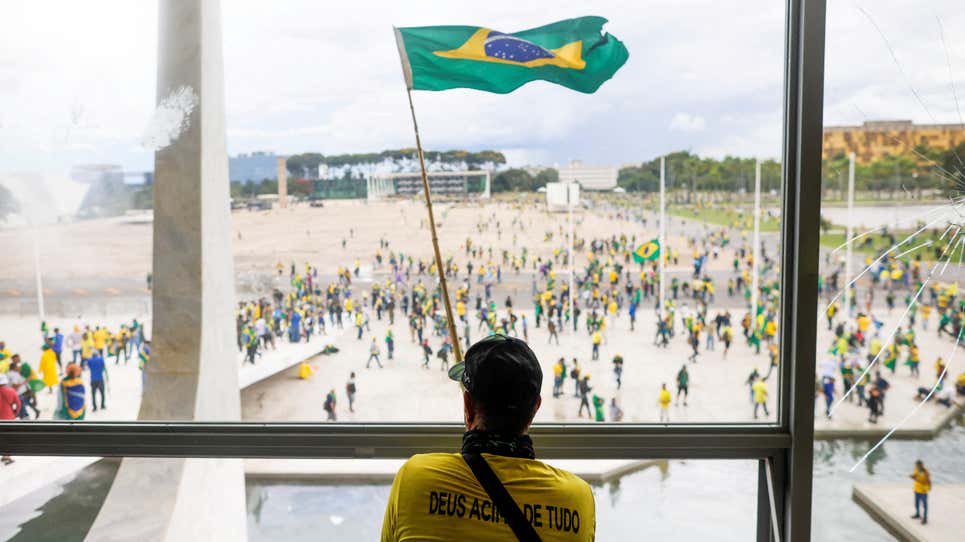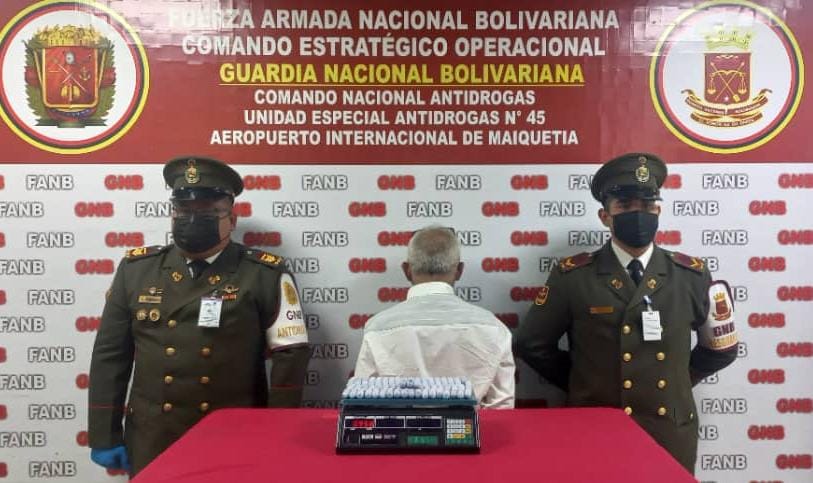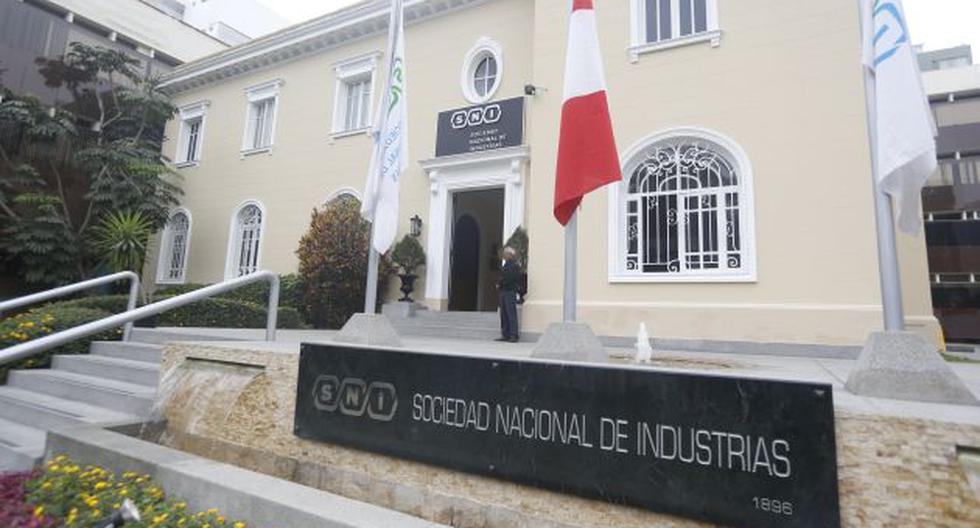The colors of the “canarinha”, the Brazilian soccer team, unite the South American country in sport, but separate them in politics
Supporters of former Brazilian President Jair Bolsonaro broke in on january 8 in Congress, the Supreme Court and the country’s presidential palace. The images of the riots recalled the attack on the US Congress on January 6, 2021, when thousands of supporters of Donald Trump attacked the country’s legislative assembly.
But instead of insurgent symbols displayed in Washington DC, protesters in Brazil’s capital Brasilia mostly wore the country’s Auriverde flag and national soccer team jerseys. Two emblems of national unity that became symbols of division.
Away from the country, the iconic shirt is reminiscent of soccer legends like Pelé, Ronaldinho and Ronaldo. However, within Brazil, Bolsonaro’s supporters chose the five-time champion’s sports jersey as their uniform.
In response, President Luiz Inácio Lula da Silva urged all citizens to claim the clothing, while ordering a widespread investigation into the security lapses that led to the events.
“We cannot be ashamed of wearing our green and yellow shirt,” Lula told reporters recently. “It does not belong to a particular candidate. Nor does it belong to a particular party. Green and yellow are the colors of 213 million citizens who love this country.”
Lula’s “canarinha”
Lula’s fight for the “canarinha” began even before Lula’s ascension. Even during the development of the last World Cup in Qatar, the current president encouraged his followers to download the design from Lula’s official website and make your own t-shirt.
We are a people of determination, race and determination, and green and yellow are our colors! Hope, courage and the will to go after what we want and bring joy to people is what unites us. The Brazil of the future is coming, and it is time for us to fill our chests with pride and root ourselves in our country from now on. So, download and make your green and yellow jersey and let’s cheer on Brazil’s conquests in the World Cup and with President Lula”, he prays on the Web page.
However, not all Brazilians on the left find it easy to re-embrace a T-shirt that “represents” Bolsonaro supporters. The reconciliation is further complicated by the fact that several prominent players from Brazil, including the star striker neymarThey are supporters of Bolsonaro.
“I’m not ready to wear the shirt yet (…) I don’t want to be confused with a Bolsonarista,” said a Brazilian consulted by the British newspaper Guardian about the topic.
The politicization of the colors of Brazil

Until the 1950 World Cup, Brazil’s soccer kit was white and blue. But it was deemed not patriotic enough. The Rio-based newspaper Correio da Manhã held a contest for ideas for new uniforms and the design of a 19 year old exceeded 300 participants. The new canary yellow and green outfit, dubbed the canarinhobecame a symbol of unity and optimism.
But when Bolsonaro started to tell people Wearing “yellow” and voting, the shirt came to be seen as a symbol of political allegiances. The association between the Bolsonaro tribe and the jersey is so strong that several fans in the soccer-crazed nation have abandoned during the recent World Cup in Qatar. Progressive Brazilians who wanted to flaunt the uniform opted for alternative versions that included progressive symbols like the red star of Lula’s Workers’ Party or the LGBTQ flag.
Bolsonaro’s supporters are not the first to use the shirt as a political muse. As early as the 1960s and 1970s, the military “used these symbols as a way to show patriotism. And the people who were against this were seen as enemies of the state.” according to Carolina Botelho, political scientist from the University of São Paulo. Bolsonaro, a former military officer, apparently remembered that page of Brazilian history.
The riots of the Bolsonaro protesters, in figures
3: Hours that the looting of political buildings lasted
24: Hours that the capital was closed for following the insurrection
40: Buses used to transport protesters seized
400: People detained so far, according to a tweet from the governor of the Federal District, Ibaneis Rocha. rock, a Bolsonaro’s long-time adviserwas suspended for 90 days by Supreme Court Justice Alexandre de Moraes shortly after for keep “painful silence”” during the violence on Sunday.








